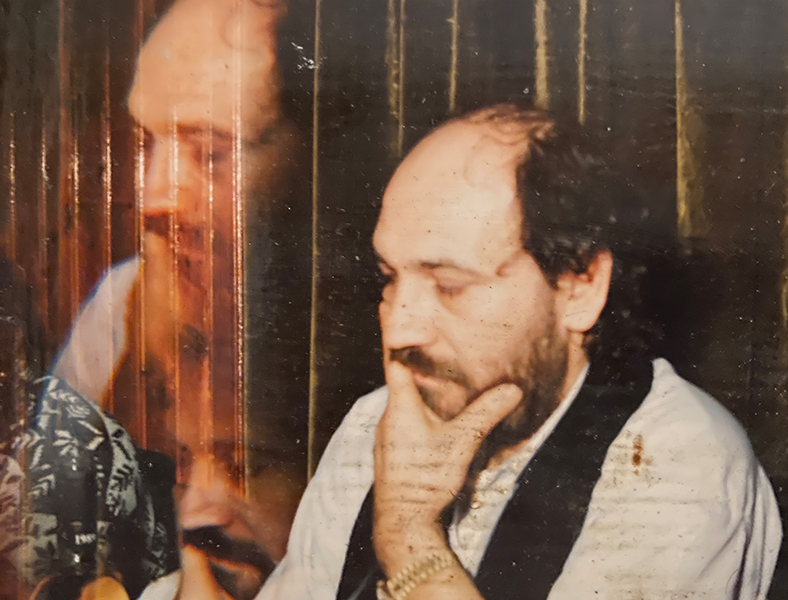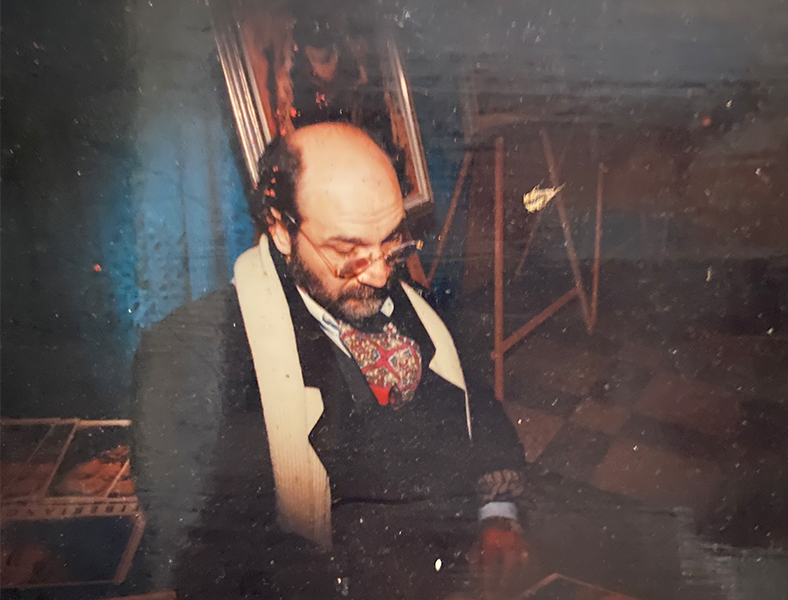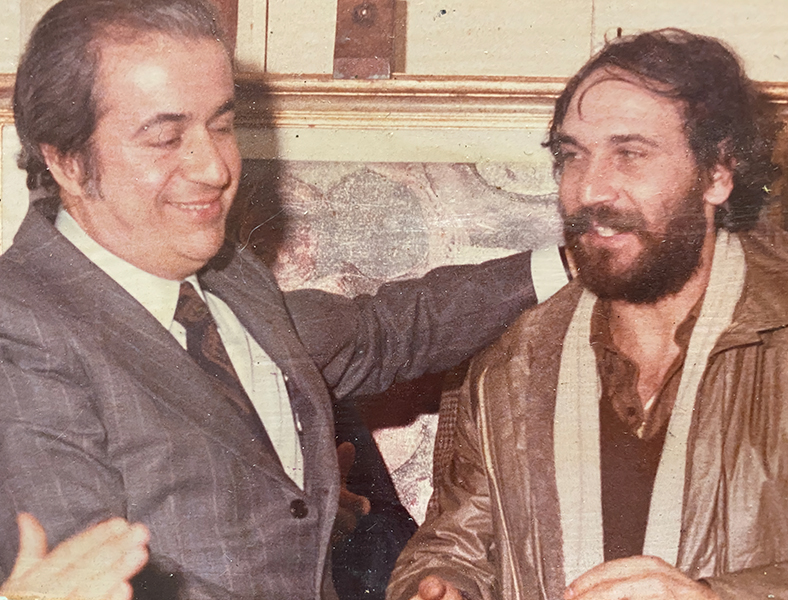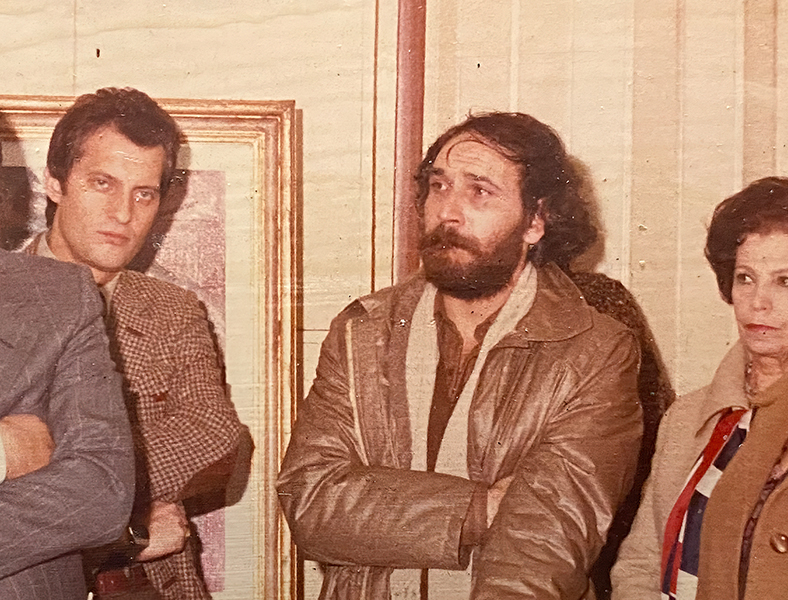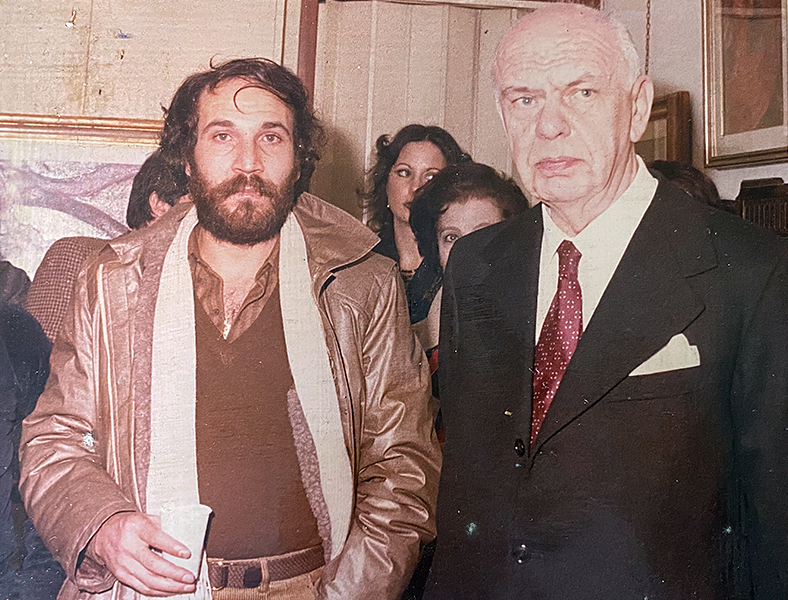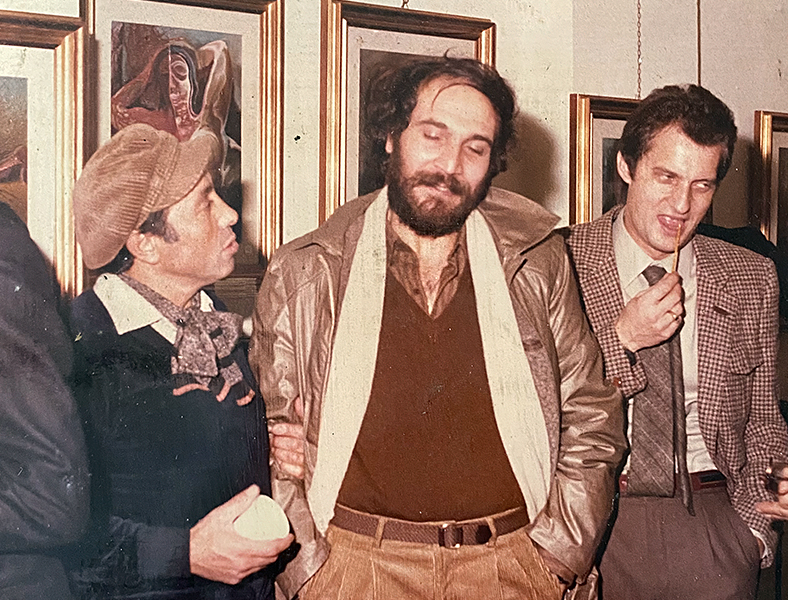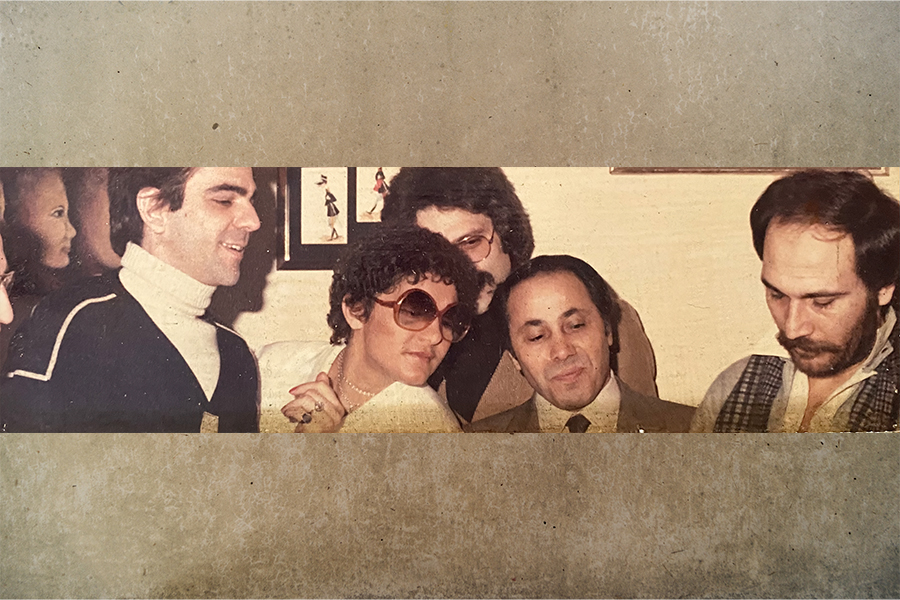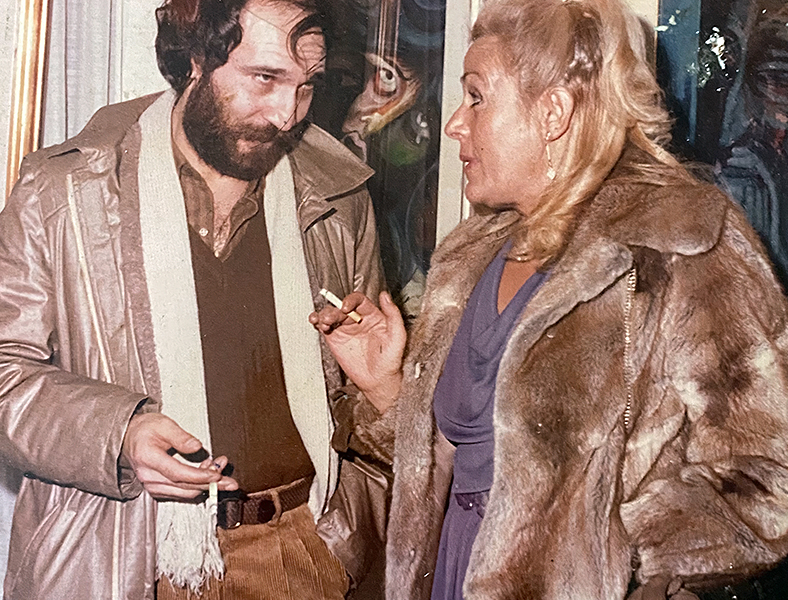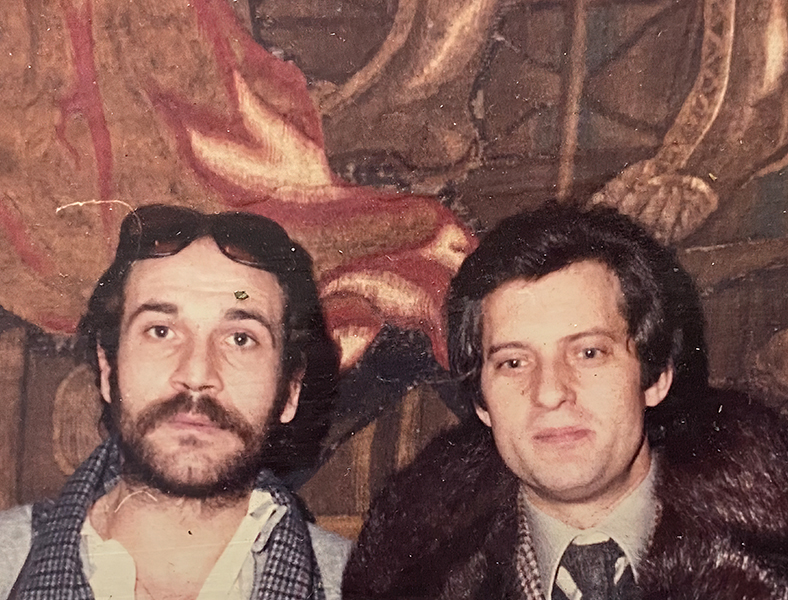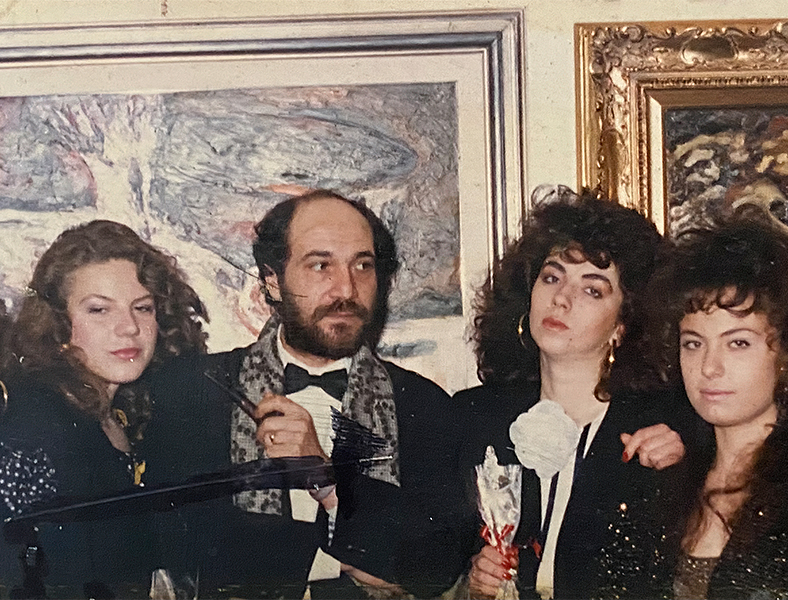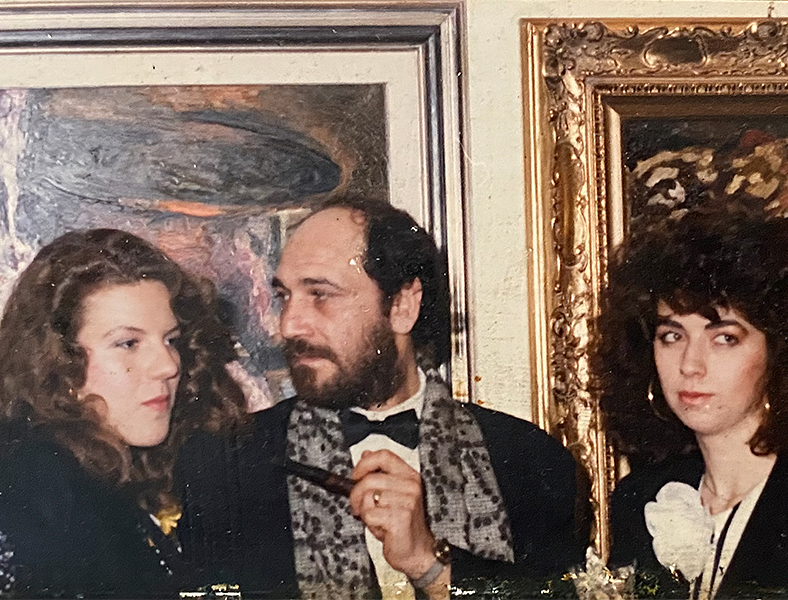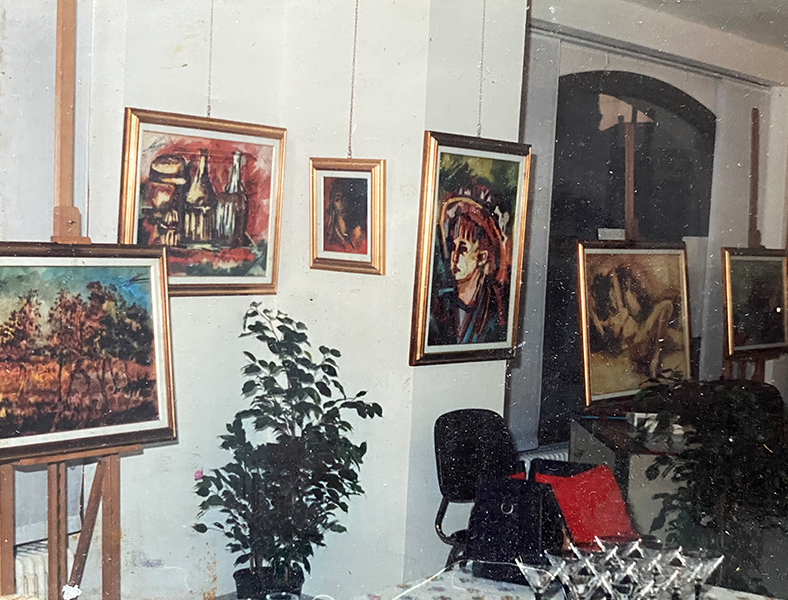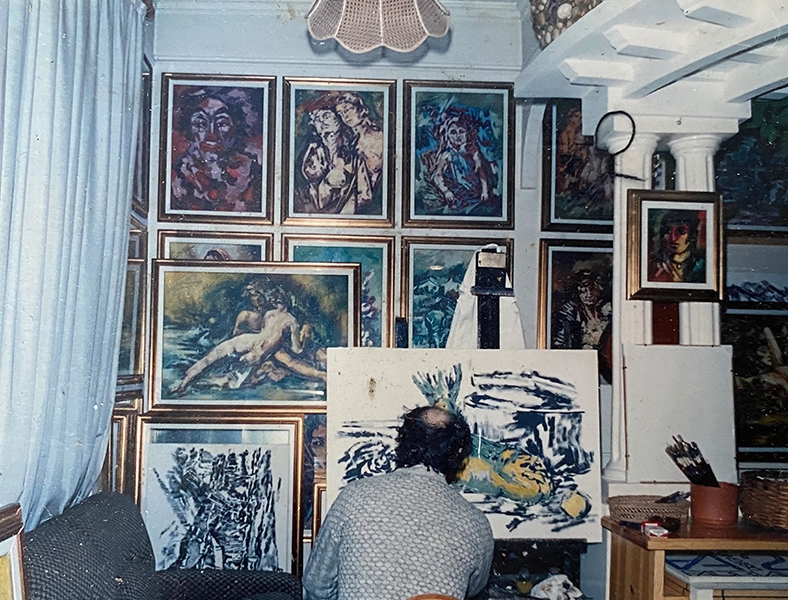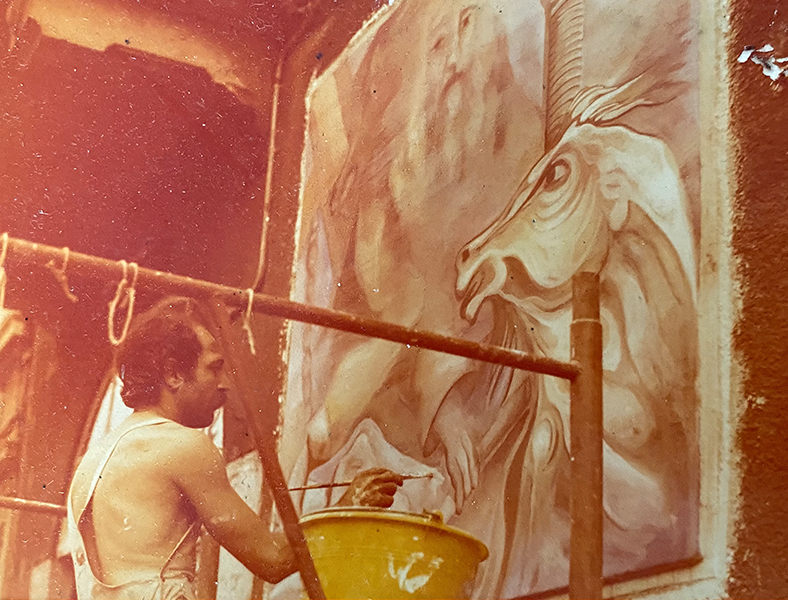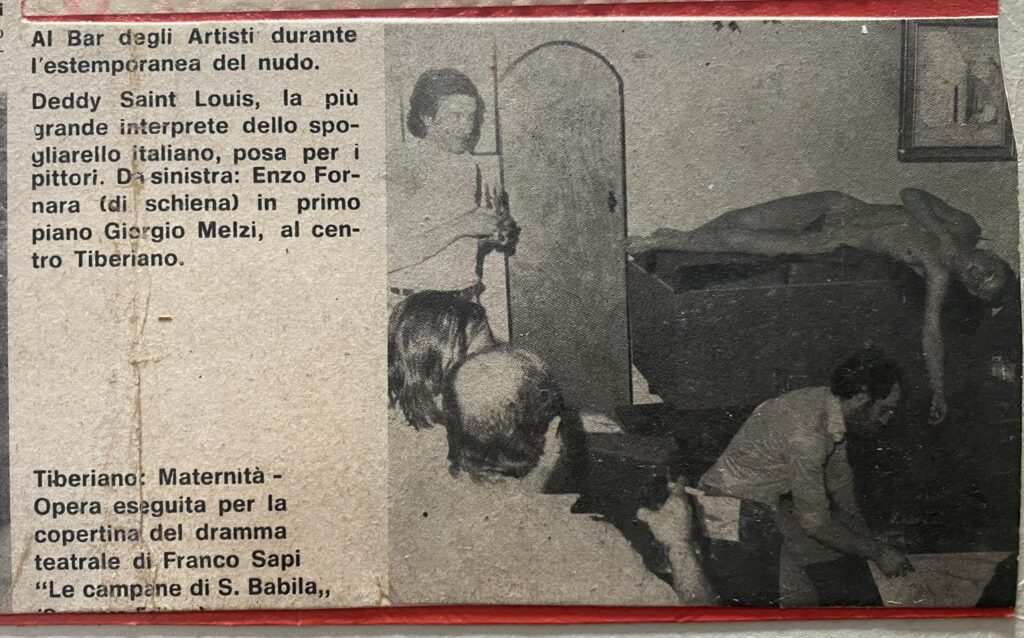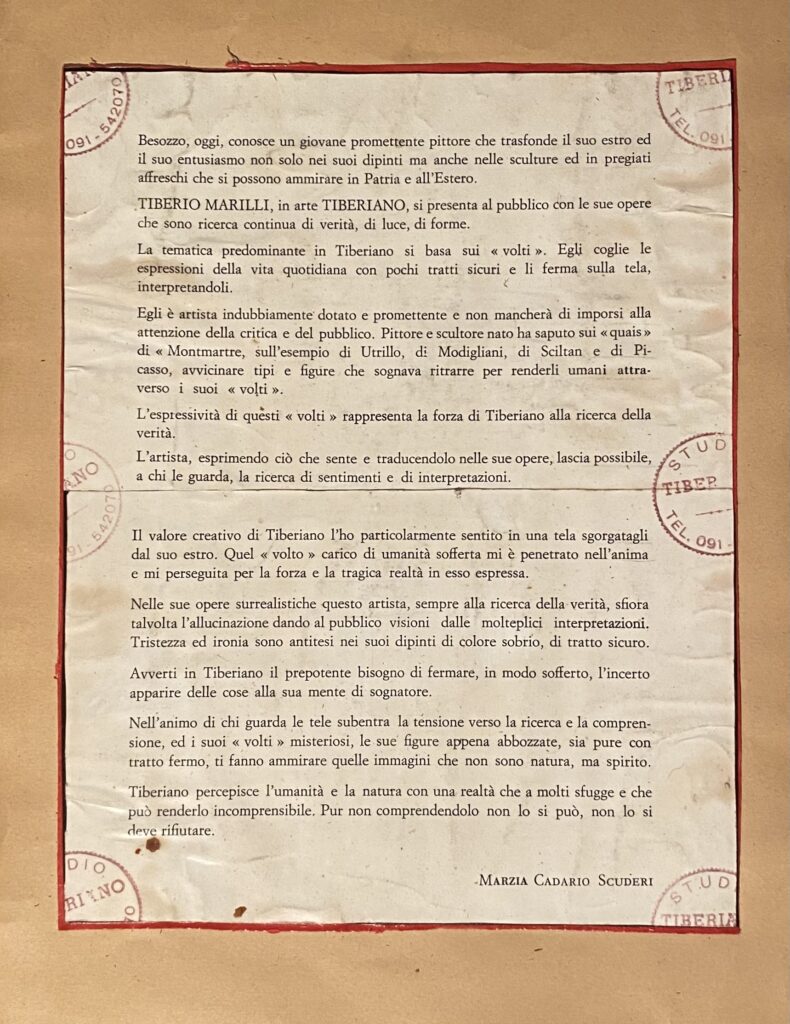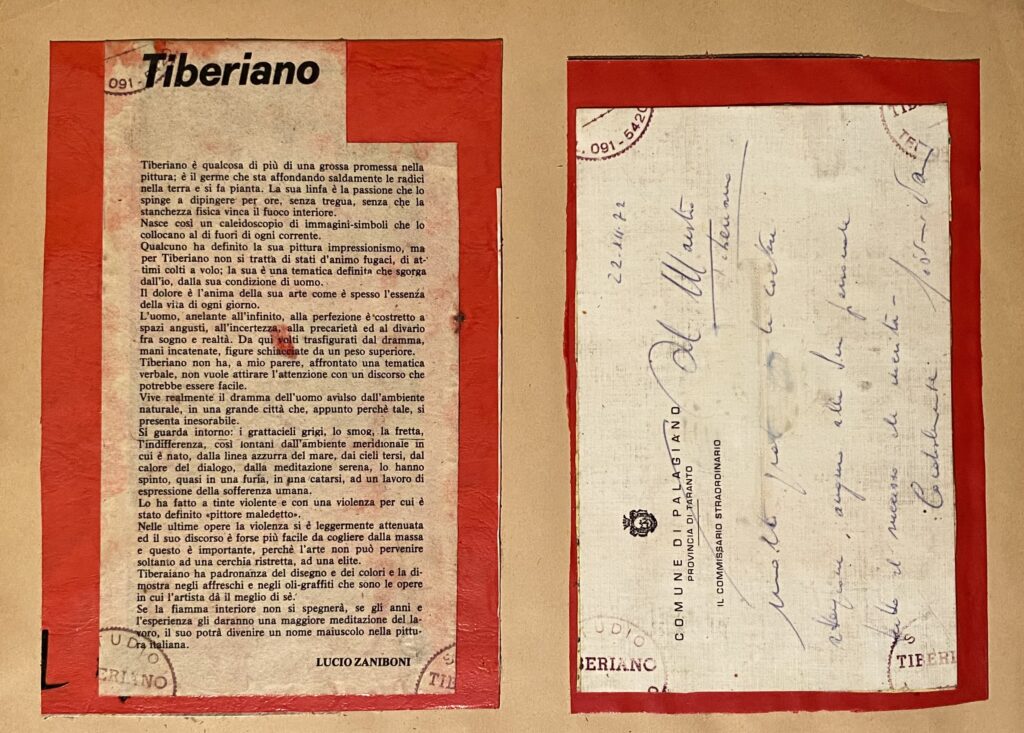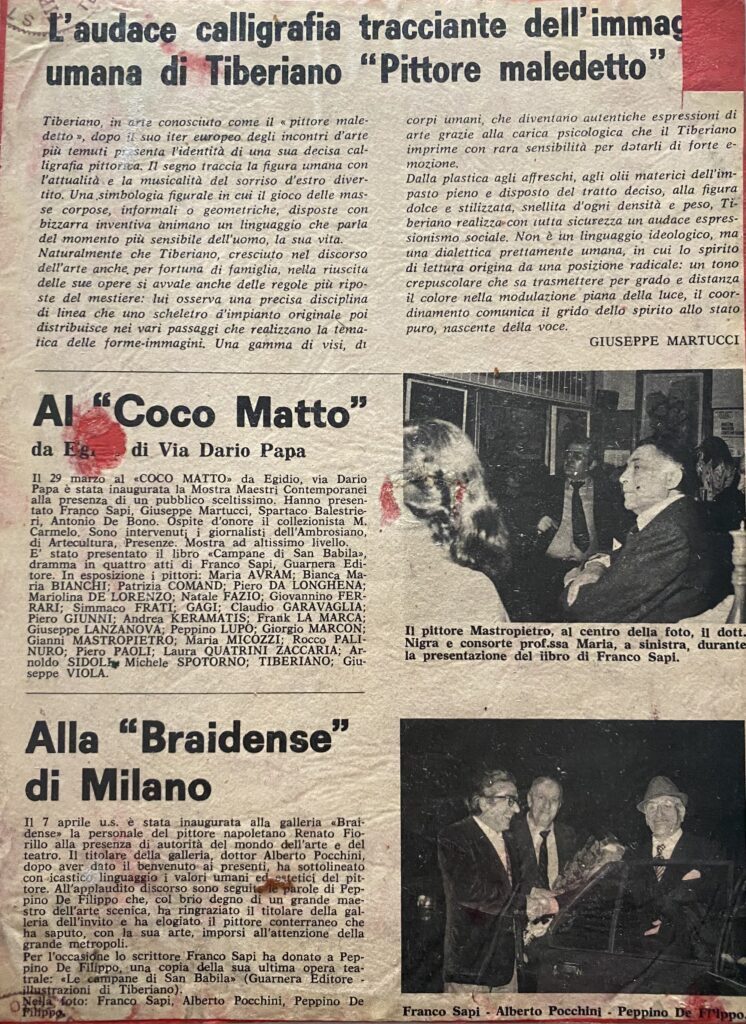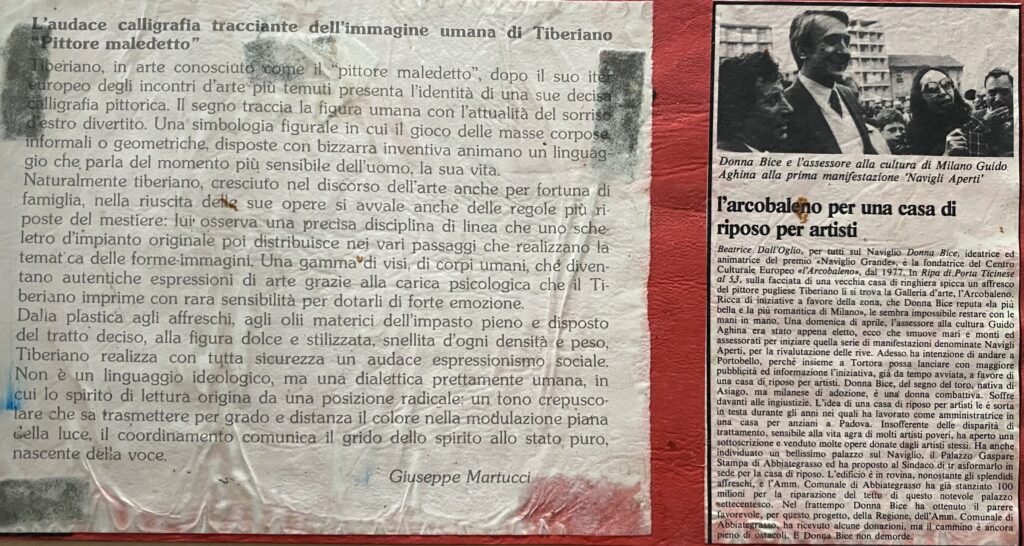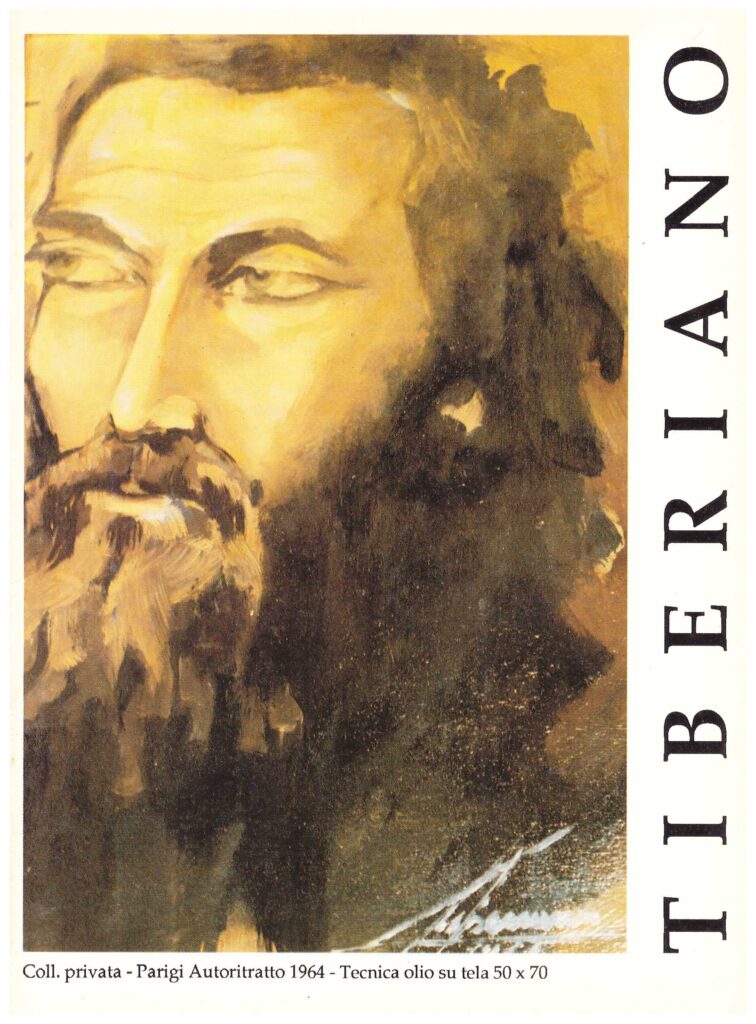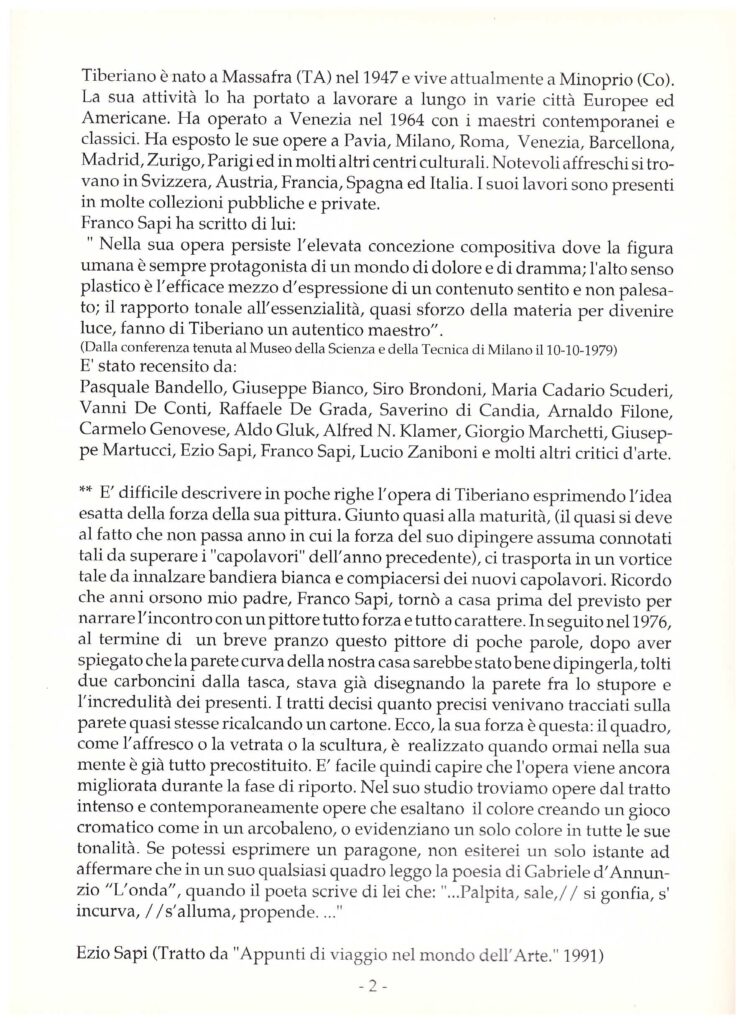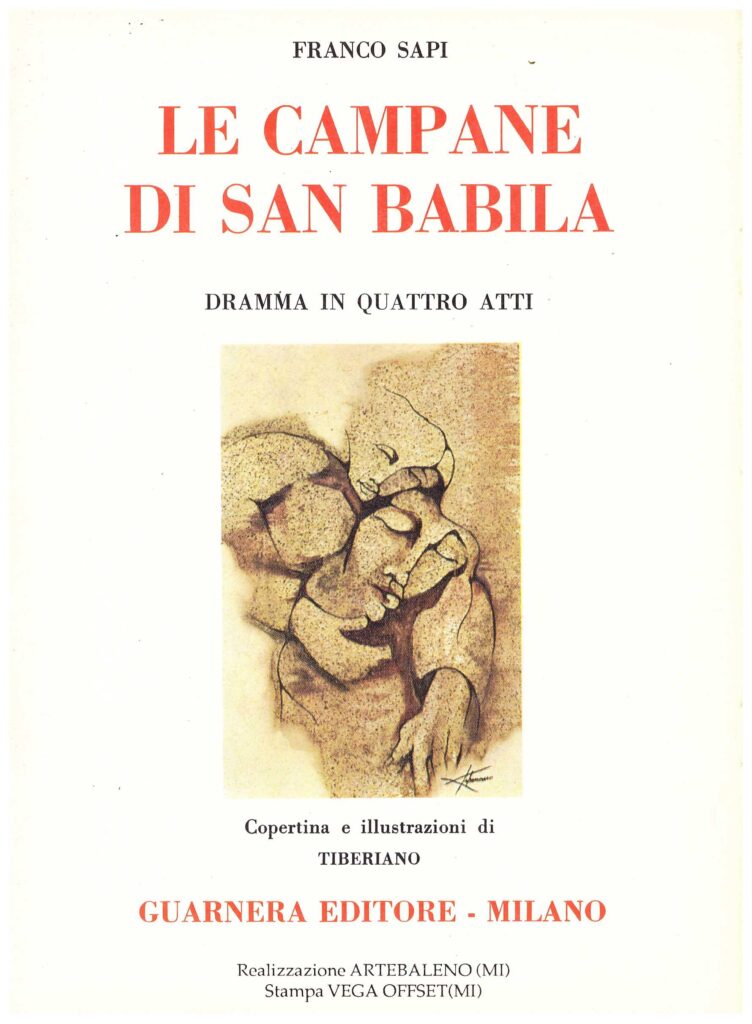
BIOGRAPHY AND CRITICAL ANALYSIS Tiberiano was born in Massafra (TA) in 1947. He was immediately recognized by his own master Aldo Renato Guttuso as a promising painter. From a very young age Tiberiano loved painting and gladly helped his , a craftsman decorator. Devoted himself completely to art, he soon reached his own expressive personality. At the age of 17 he was already working in Venice with contemporary and classical masters.
As from the writings of Spartaco Balestrieri , the young “bohemian” man, globetrotter in Milan, landed in a regurgitation of his itineraries, exhibits his works in Pavia, Milan, Rome, Barcelona, Madrid, Zurich, Paris, and in many other cultural centers. Many of his works are now present in many public and private collections.
“A promising young painter who transfused his inspiration and enthusiasm not only in his paintings but also in sculptures and precious frescoes that can be admired in various European and American cities” writes Marzia Cadario Scuderi .
Remarkable frescoes were therefore executed in Italy, Switzerland, Austria, France and Spain.
The sap of Tiberiano is the passion that drives him to paint for hours, without respite, without his physical fatigue winning the inner fire,
Lucio Zaniboni
presses. It thus gives rise to a kaleidoscope of images-symbols that place it outside any current. Some call him an impressionist, but for Tiberiano these are not fleeting moods; His is a definite theme that flows from the ego, from his condition as a man.
Giuseppe Martucci
analyzes his work by observing in him a precise discipline of line, an original skeleton that he then distributes in the various passages realizing the theme of forms-images. A range of faces, human bodies, which become authentic expressions of art thanks to the psychological charge that Tiberiano imprints with rare sensitivity to endow them with strong emotion.
From the plastic to the frescoes, to the material oils of the full dough and arranged by the decisive line, to the sweet and stylized figure, slimmed down of every density and weight, Tiberiano confidently realizes a bold social expressionism.
He did it in violent colors and with a violence for which he was called “cursed painter” expresses Lucio Zaniboni.
In the various analyses of art critics, in the “Monthly panorama of painting and sculpture” in Italy,
Severino di Candia
expresses a different analysis: the artist’s canvases externalize the suffering of men in every autobiographical memory, in every attitude and in every expression, not for this reason he identifies him as an “unhappy painter”;The artist does nothing but remember the sweetness and desire for good in his deformed figures, recalls, therefore, the affections that have been denied him or the things that he survived, despite the pain felt.
Supported in his exasperating and engulfing “reflection” on man and his condition by an unusual graphic skill.
In a subsequent presentation of works, Giorgio Marchetti “renames” the artist from “cursed painter” or “unhappy” who was, in “blessed painter” for the ease of the many inventions, both formal and content, that he continually proposed.
Abandoning the material limits that had been imposed in the first production, the range of colors changes, but preserving the method, it still adopts a narrow range of basic colors, but widely varying the spectrum of shades and their possible combinations. Tiberiano gave life through the most varied topics, still lifes, portraits, nudes, figures, flowers, landscapes, animals, to a new fruitful course in his art.
Witnessing the genesis of a work by Tiberiano it was observed that he traced with extreme elegance and undeniable mastery and dexterity the preparatory design: he did not need to copy models or portray from life. Harmony, form and content, idea and matter could be fully observed.
In the brochure of Tiberiano edited by
Franco Sapi
, “THE BELLS OF SAN BABILA”
Giorgio Marchetti
divulges the “generative” secret of the artist: “the figures, faces and things seem to gradually lose their consistency to dissolve then in the unreal dimension of a universe of pure colors; In turn, this impossible world of colors seems to take more and more consistency, giving life to real figures, objects, situations.
A clever game of references and continuous references between the various elements that make up the tools of his activity (whether colors, shapes or lines); Here everything binds and integrates, losing its original function, everything is subject to the need for aesthetic success.”
